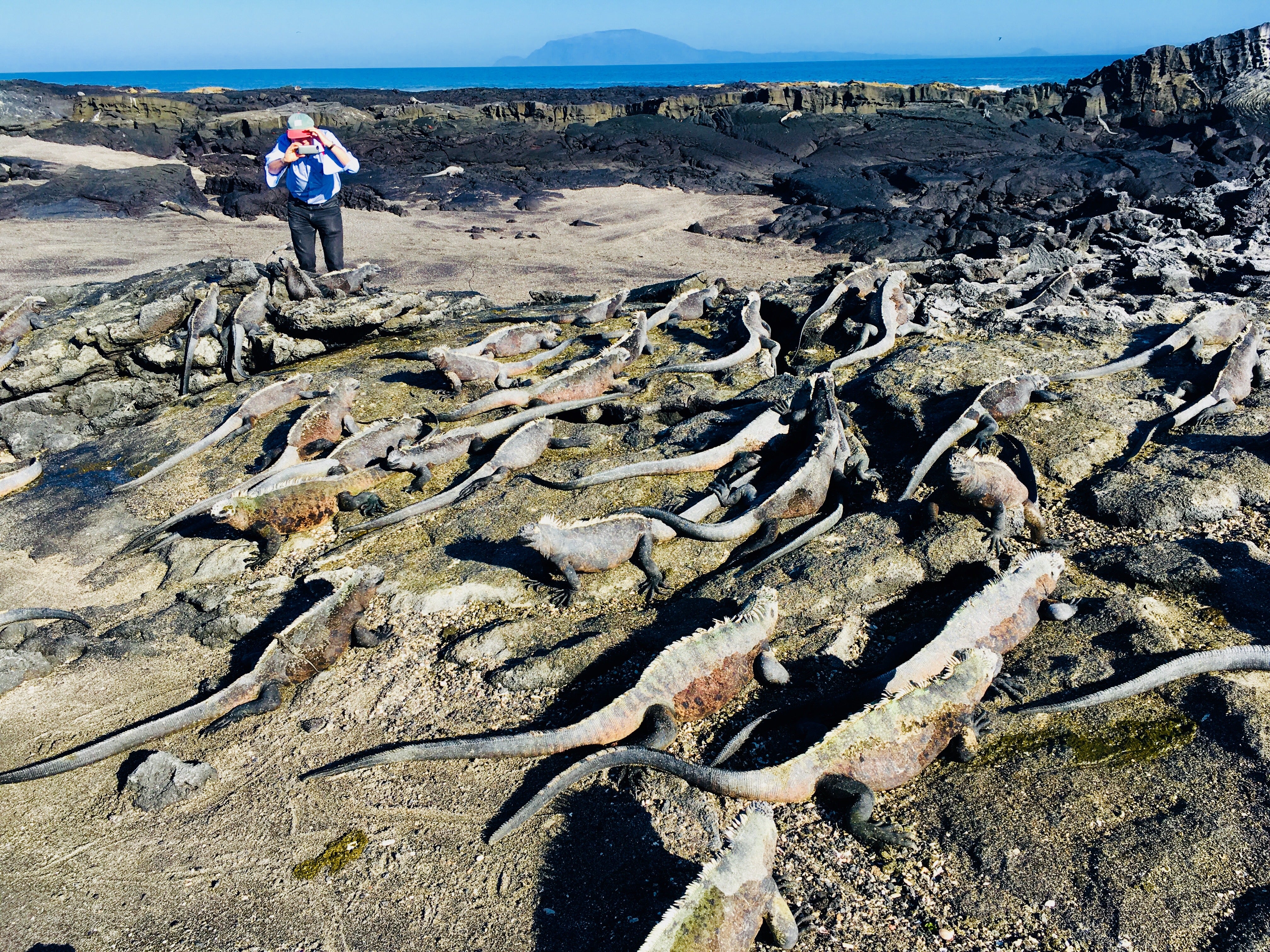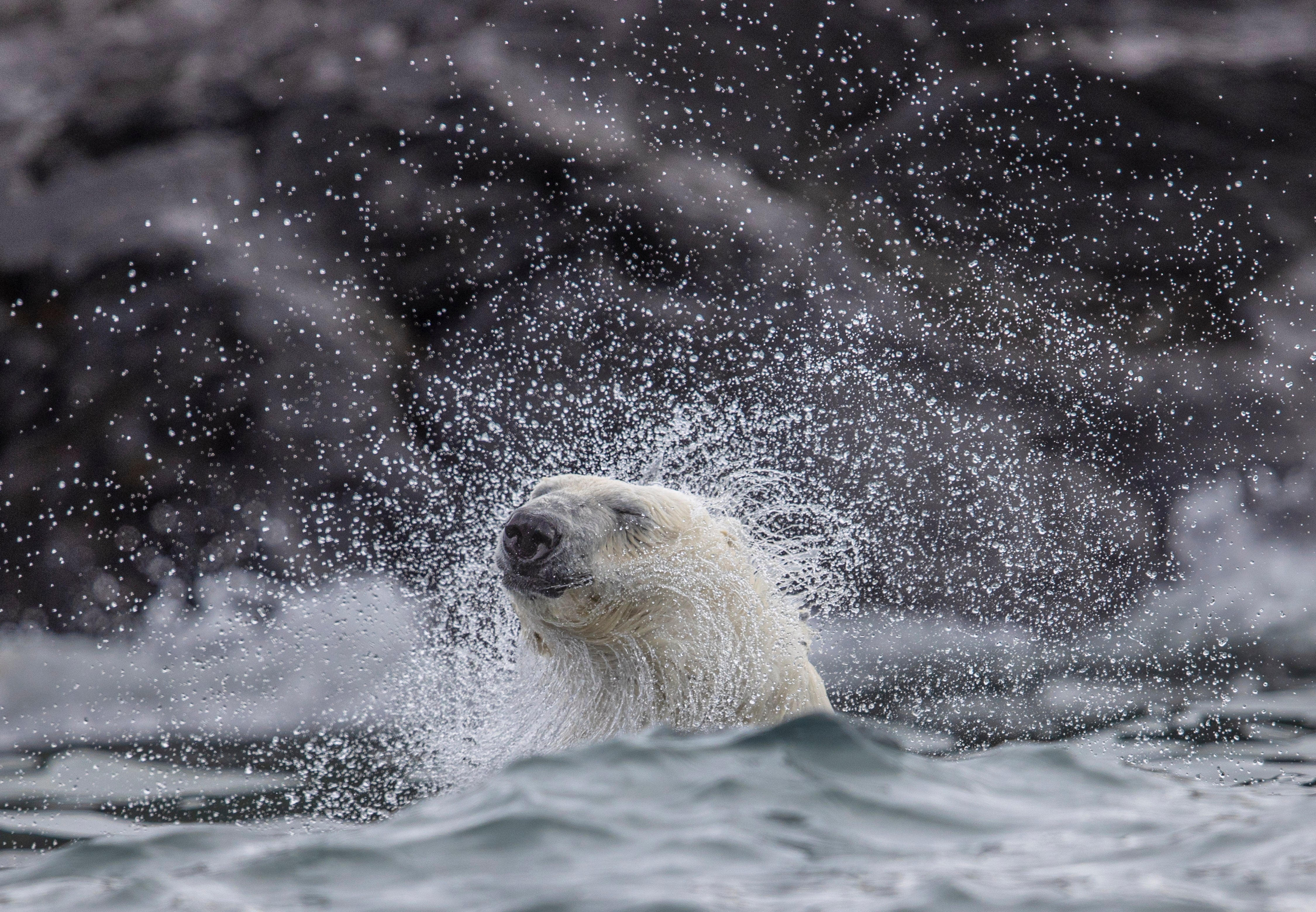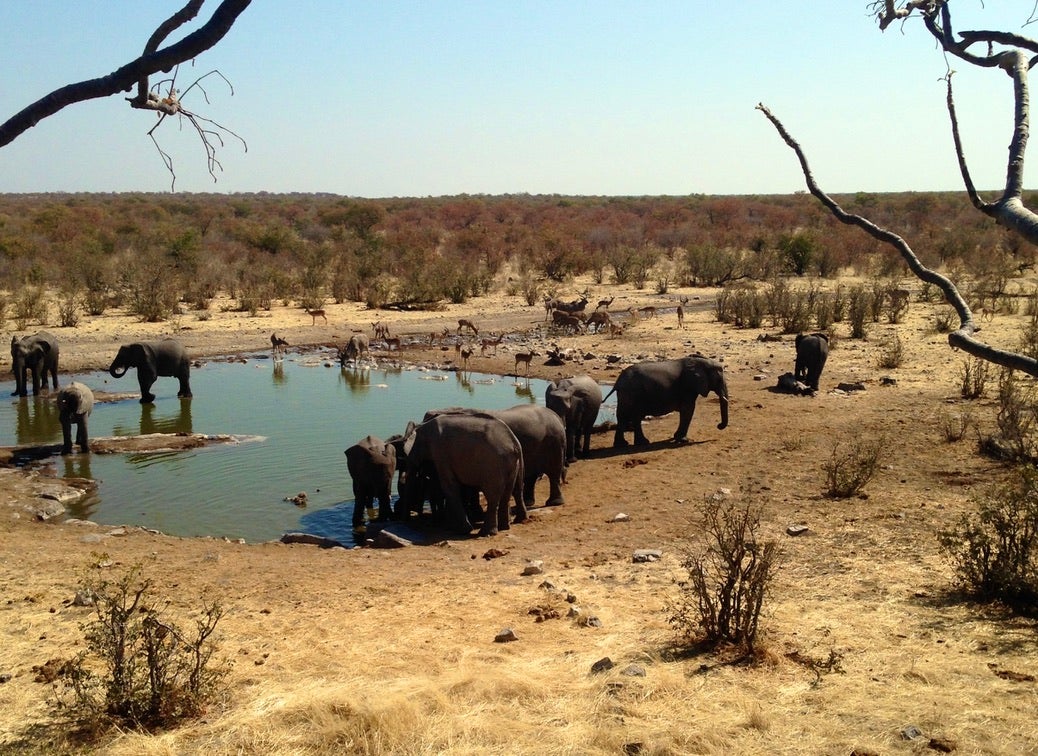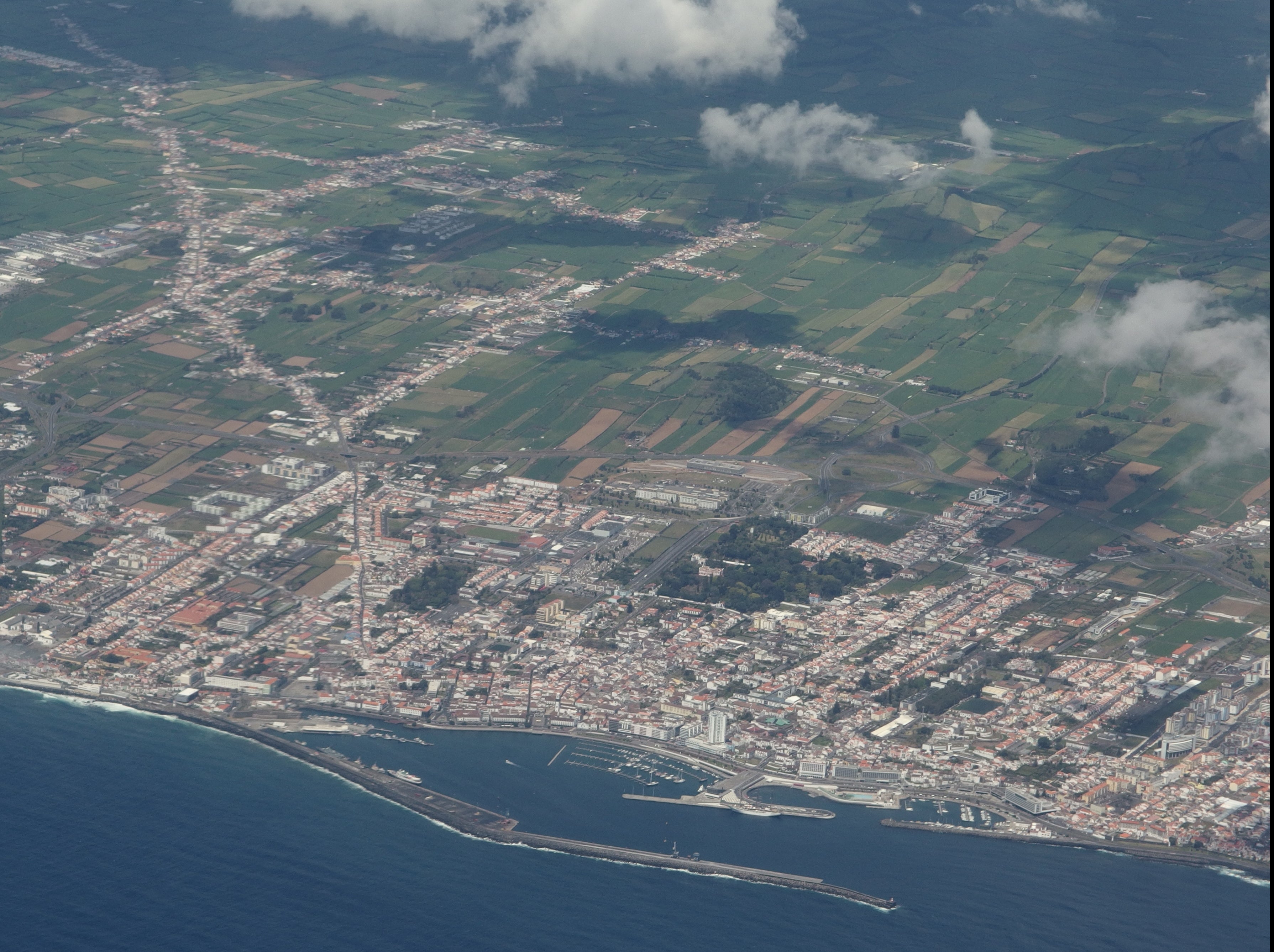Simon Calder’s five best wildlife experiences, from the Galapagos to Namibia and the Azores
Finding creature comforts in Africa, exploring the Galapagos and travelling to the ends of the earth, Simon Calder shares his favourite destinations to walk on the wild side


Intercontinental aviation has done wonders in bringing people together. But flying also brings you closer to nature – in the shape of the amazing creatures that share the planet with us.
In the unequal battle between humanity and the rest of the world, animals are almost invariably the losers as we destroy habitats for our own ends. Yet tourism can help species survive: safaris lure people from richer countries, who pay handsomely and create jobs. Sub-Saharan nations respond by protecting wildlife from human encroachment and poachers.
I am no wildlife specialist, which is why I normally sign up for organised, expert-led expeditions, whether to the heart of Africa or the raw edges of the world. A good guide will both enhance the experience and ensure that you observe the guidelines for wildlife watching.
Yet in some closer-to-home locations, such as the Scottish islands, you can simply wander along the cliffs with your senses stimulated by the natural world.
Best wildlife experiences
1. Fortuna Bay, South Georgia
.jpeg)
On the maritime chart, South Georgia has the pleasing shape of a croissant. But from offshore, the island looks like a stretch of the High Andes. It is the same size as Essex, but the closer you get to this harsh environment (South Georgia, not Essex), the less suitable it seems for human habitation. For king penguins, though, the location is ideal.
These flightless seabirds, counted in their tens of thousands on the shore of Fortuna Bay, brighten a land that seems shrouded in eternal winter: their crisp black-and-white uniforms, with a cravat of gold, make them looks as though they provide the genetic material for Parisian waiters.
By the water, elephant seals scrap like punch-drunk prizefighters to settle territorial claims. Meanwhile, fur seals flap inland, growling at intruders and revealing fierce incisors to anyone reckless enough to break the statutory five-metre minimum between humans and animals.
2. Galapagos, Ecuador

The Ecuadorian islands where Charles Darwin's theory of natural selection evolved are an astonishing place to see giant tortoises, swim with turtles and get up close with iguanas. Access is an adventure in its own right, and you should certainly explore Ecuador’s capital, Quito, and largest city, Guayaquil – from where flights depart for the Galapagos.
You will be seaborne. The rough rule of cruises in the archipelago: the bigger the ship, the better the facilities (to a maximum of about 100 passengers) – but a small and friendly vessels means shore excursions do not involve lots of waiting around.
Some say you need at least a week on a vessel to make the most of the amazing wildlife. But I believe four days is sufficient to build a vivid picture of the unique ecosystem. The standard pattern for each day is to have a series of visits to islands, with naturalist guides to help you understand the remarkable creatures that have made these scattered islands their home.
3. Svalbard, Norway

Even by the standards of northern Scandinavia, the Svalbard archipelago is a remote, alien environment. The main island, Spitzbergen, is much closer to the North Pole than it is to Norway's capital, Oslo; the nearest trees are 1,000 miles away. In the archipelago's capital (and the world’s northernmost town), Longyearbyen, the sun does not set from mid-April to late August.
Svalbard provides perhaps the most extreme experience the ordinary tourist can have without serious training and equipment. Besides majestic landscapes, visitors are drawn by wildlife from the Arctic fox to walruses – and the photographic trophy that every traveller craves, a polar bear.
I travelled with wildlife guide Paul Goldstein aboard the good ship Vavilov, and we got lucky. “A polar bear within any field of vision is great; a polar bear feeding is magnificent,” he said. “But a polar bear feeding on ice is pretty much the grail.”
4. Etosha National Park, Namibia

Half a century after the first overland trucks rumbled their way through Africa, they remain excellent conveyances to deliver the traveller to a succession of great wildlife locations – including Etosha National Park, a Suffolk-sized patch of north-east Namibia.
As night fell, humans and creatures gathered around a waterhole in the park. From the gloop of the same primordial soup that created tourists have emerged elephants, giraffes and rhinos. They all converged for a drink (mine was an ice-cold Namib lager).
Far away, a lion roared (though it sounded more like a deep, throaty bark) to remind the more vulnerable animals of their place in the food chain. On this side of the barrier, evolution has seen to it that a hundred humans could line up to watch, their jaws dropping and cameras clicking in unison.
5. Sao Miguel, Azores

The best location for whale-watching from land? St John’s in Newfoundland, where you can stare from the shore as the giant mammals frolic in the Atlantic. But if you head southeast to another Atlantic island, Sao Miguel in the Azores, you can go one better and swim with whales – and dolphins.
On trips run from the island’s capital, Ponta Delgaga, humans are allowed to be dropped off the side of a Zodiac (inflatable boat) into the cetaceans' habitat. The sleek creatures are amused rather than alarmed by the presence of their one-time predator, man. But how does the boat’s crew know where to go?
Paula, the guide, pointed to the rocky shore. “We have spotters on the cliffs who see where the whales and dolphins are. Then they radio through to us.” Until half a century ago, locals did the same job for a more sinister purpose. They spotted sperm whales, and directed men rowing in open boats towards their prey. Today, marine mammals are more valuable alive.
Join our commenting forum
Join thought-provoking conversations, follow other Independent readers and see their replies
Comments